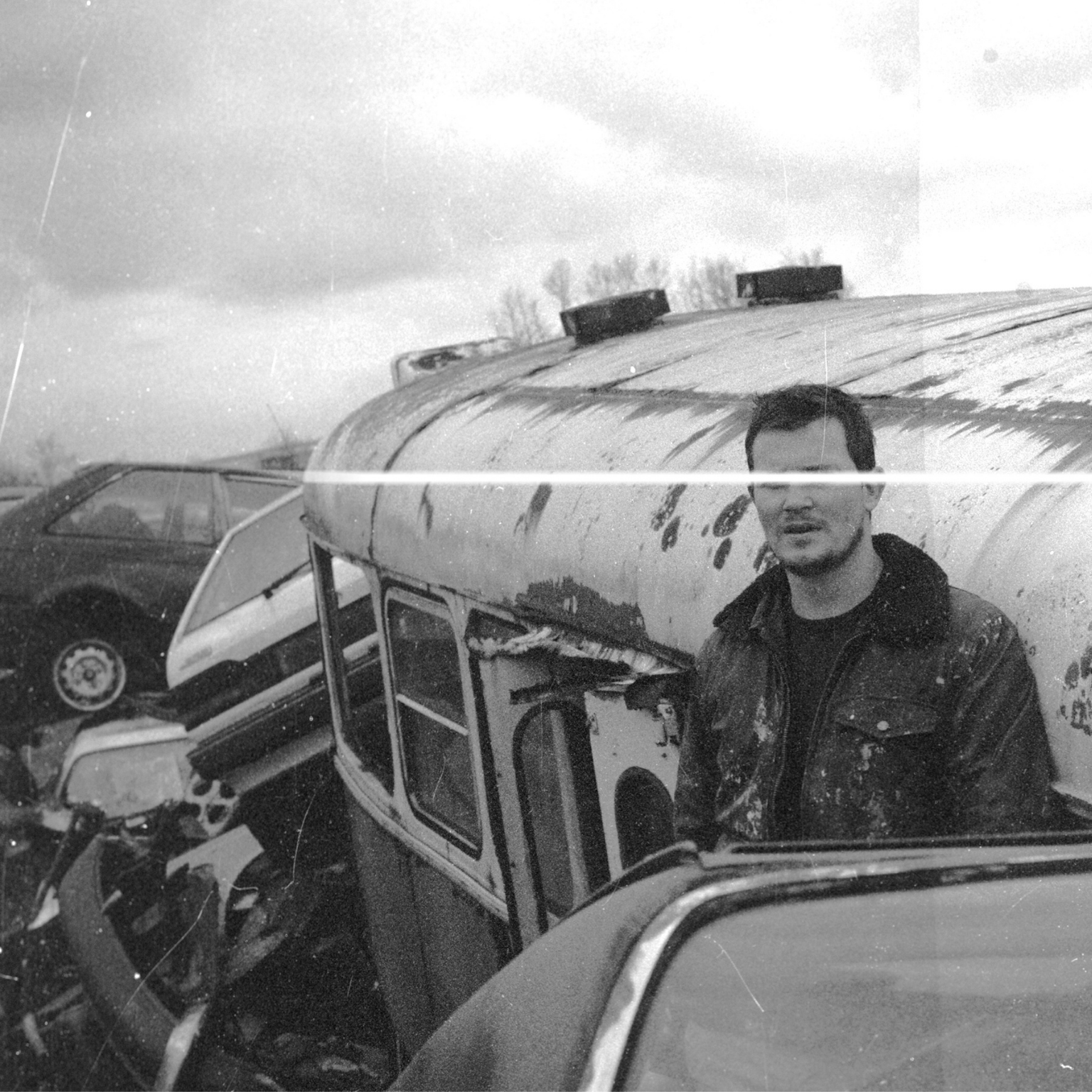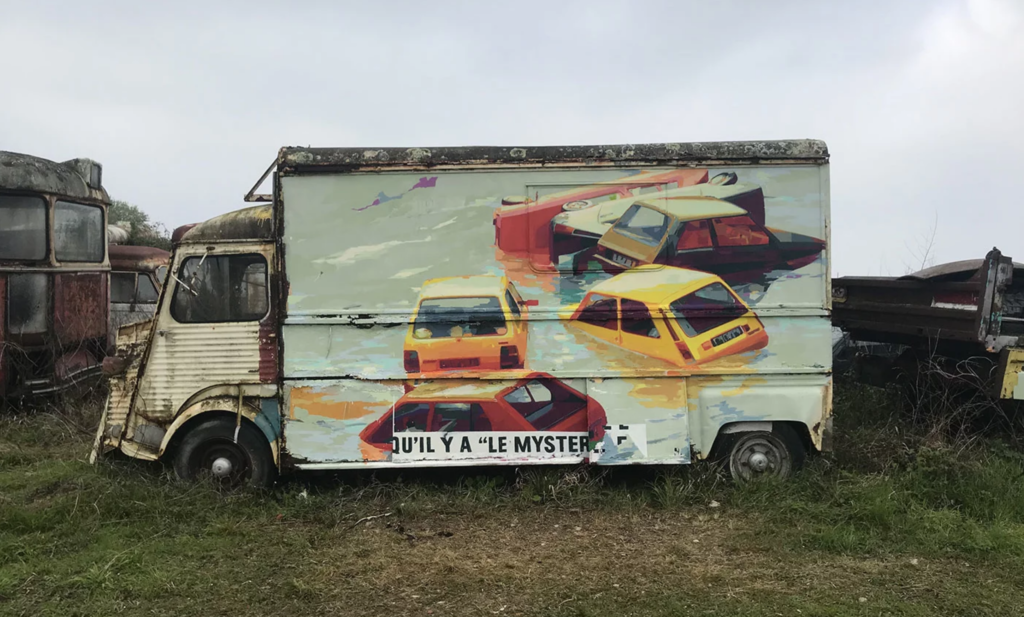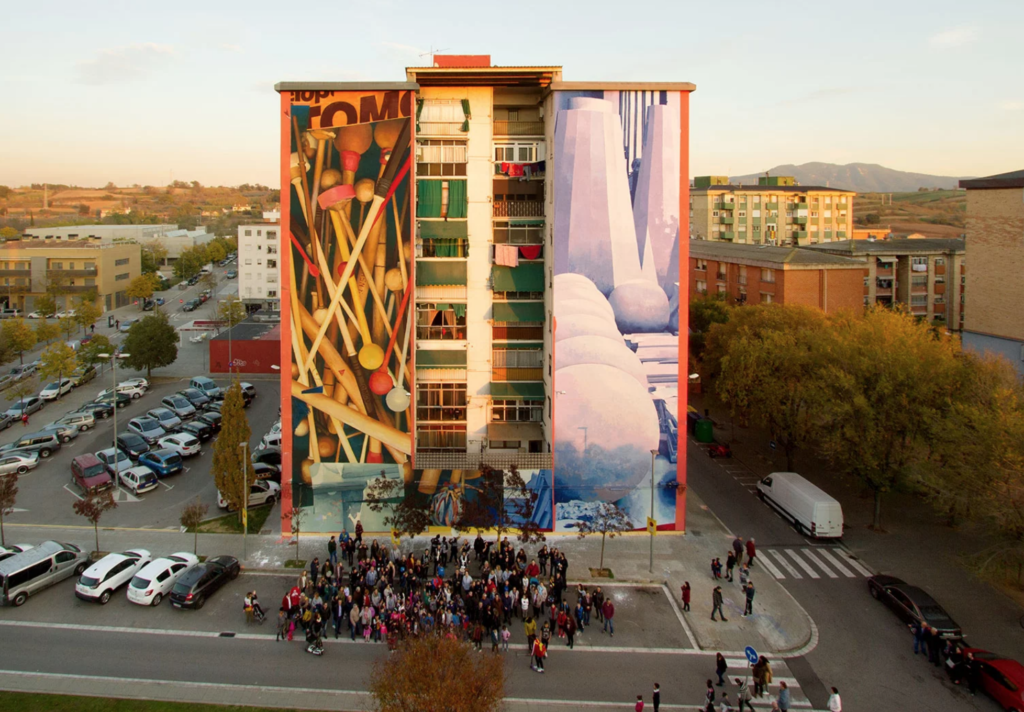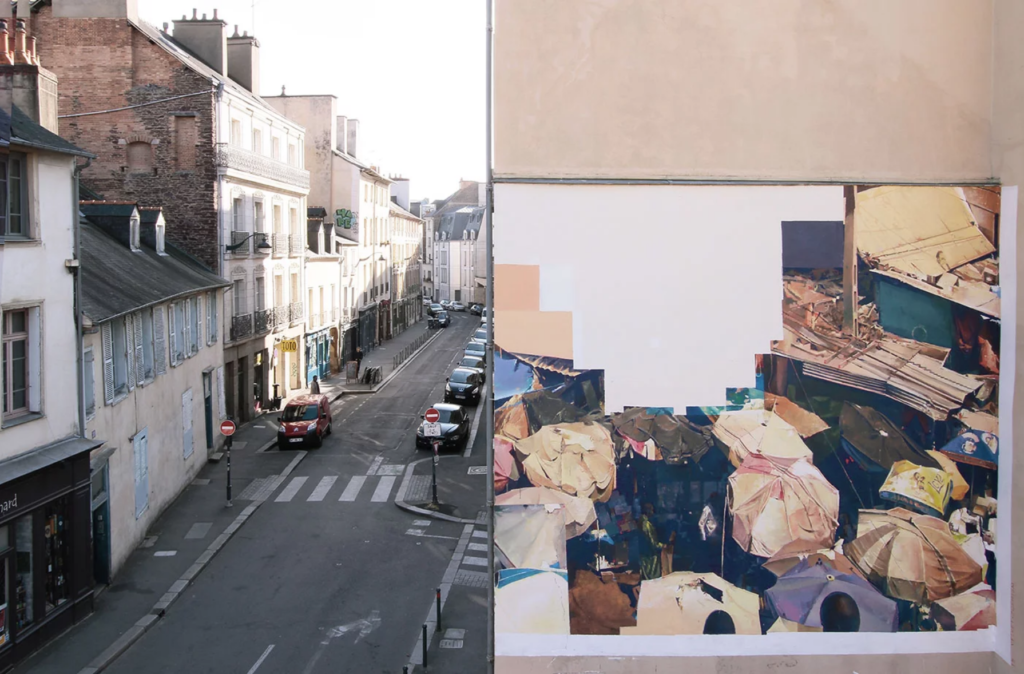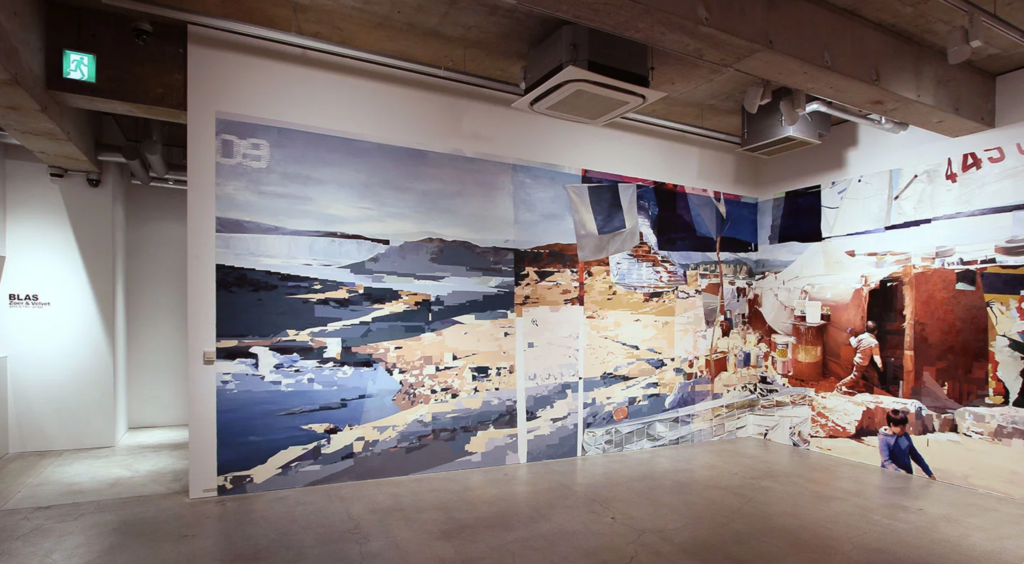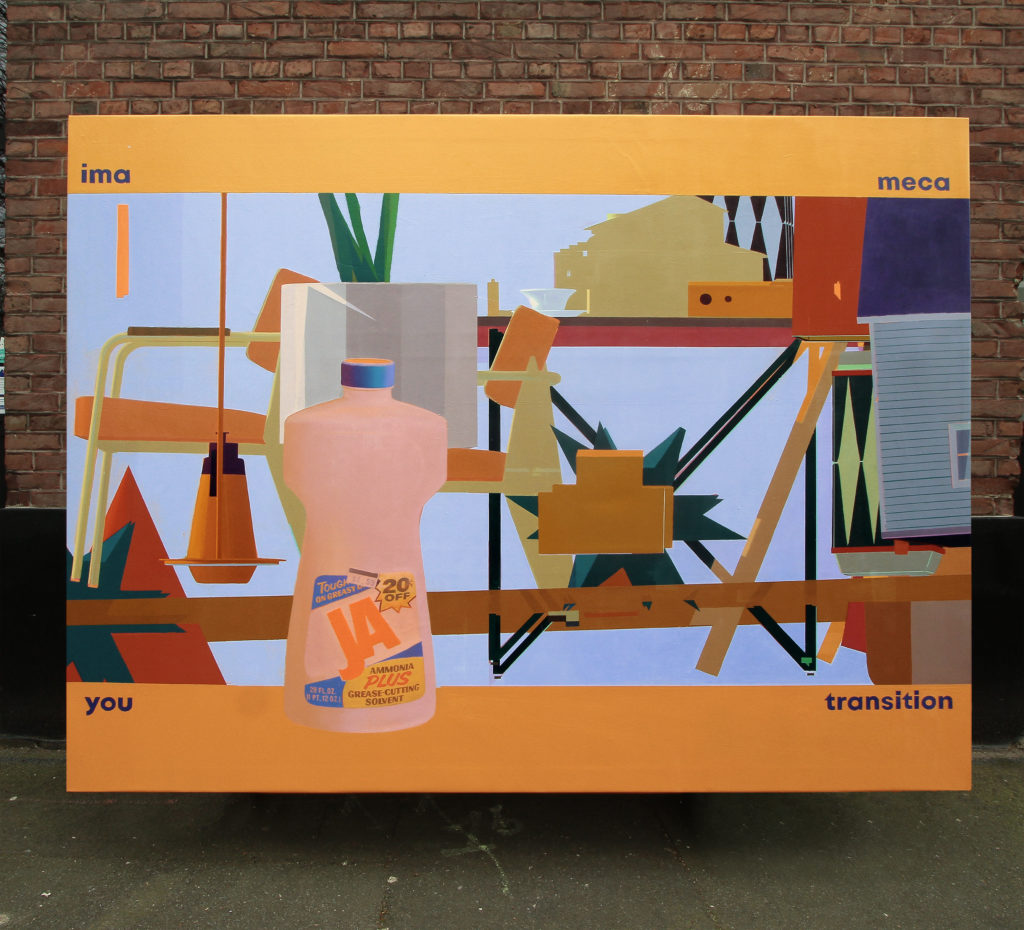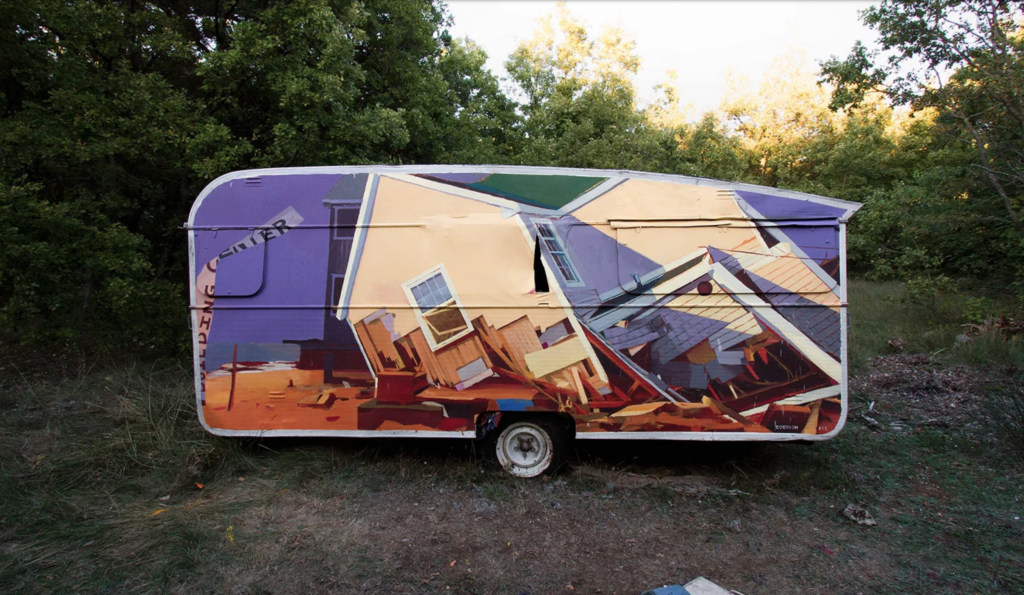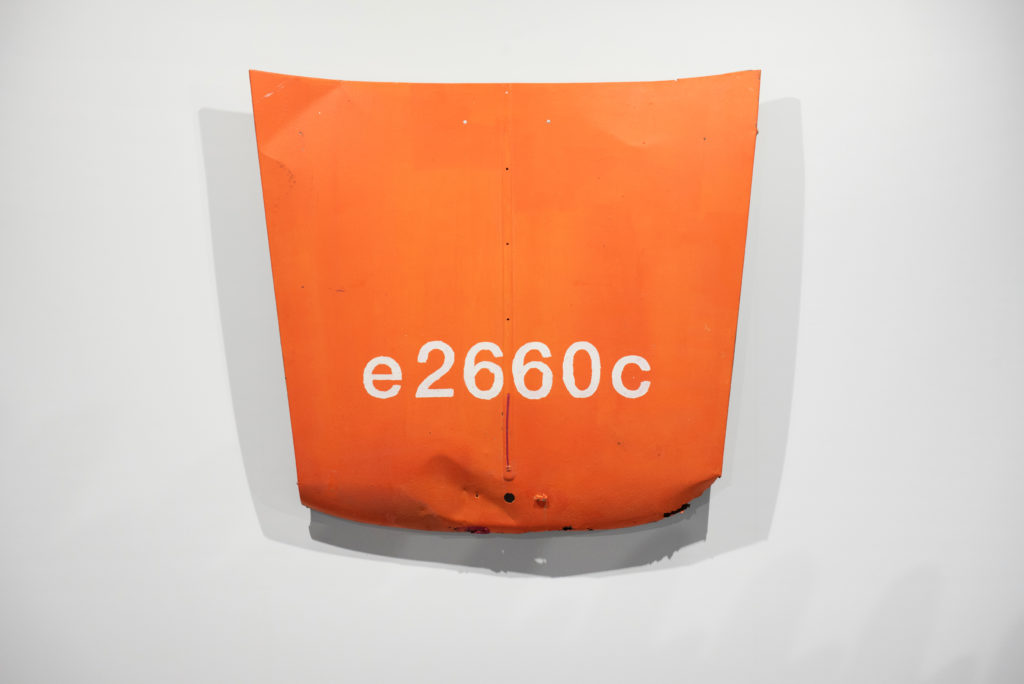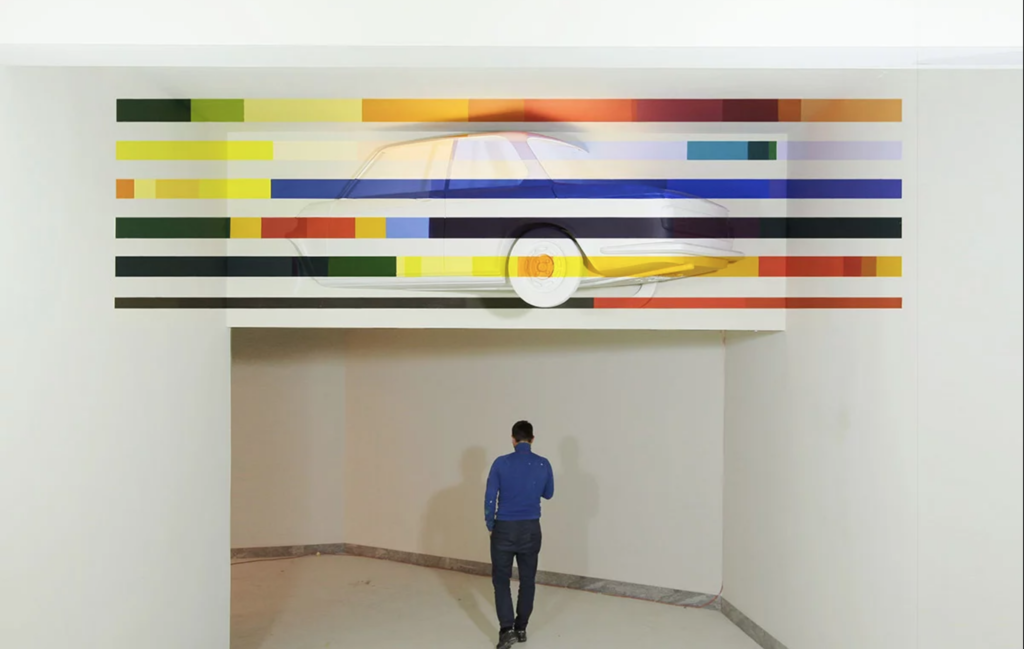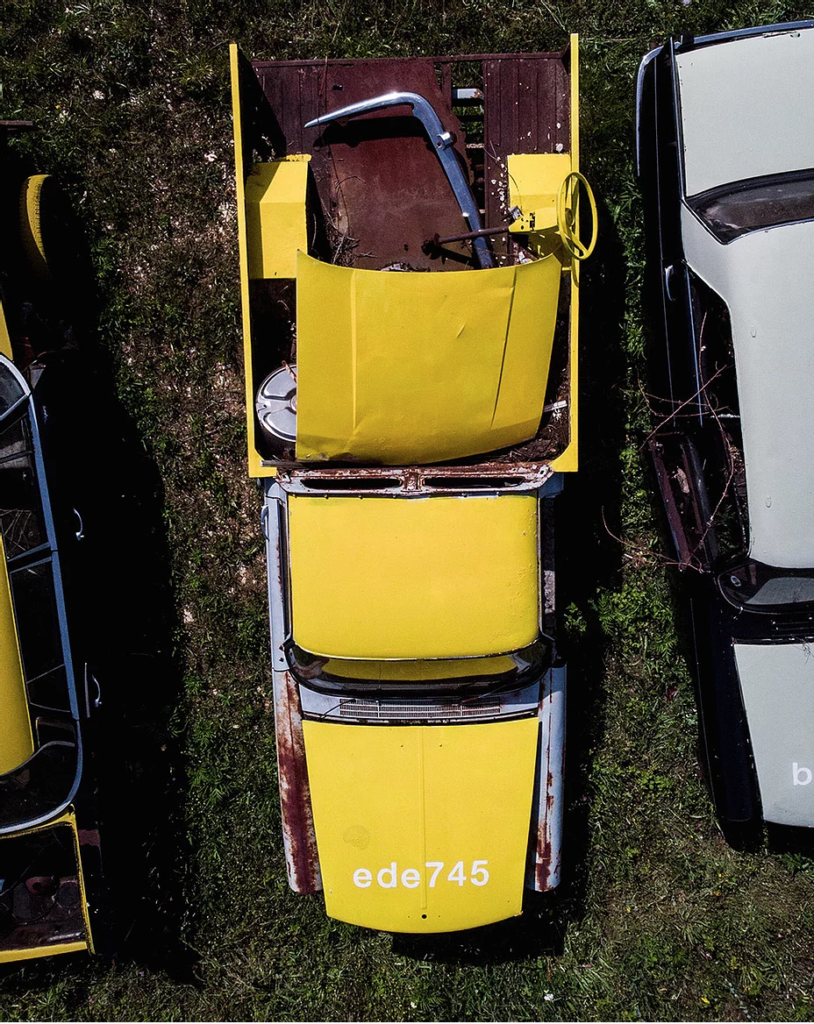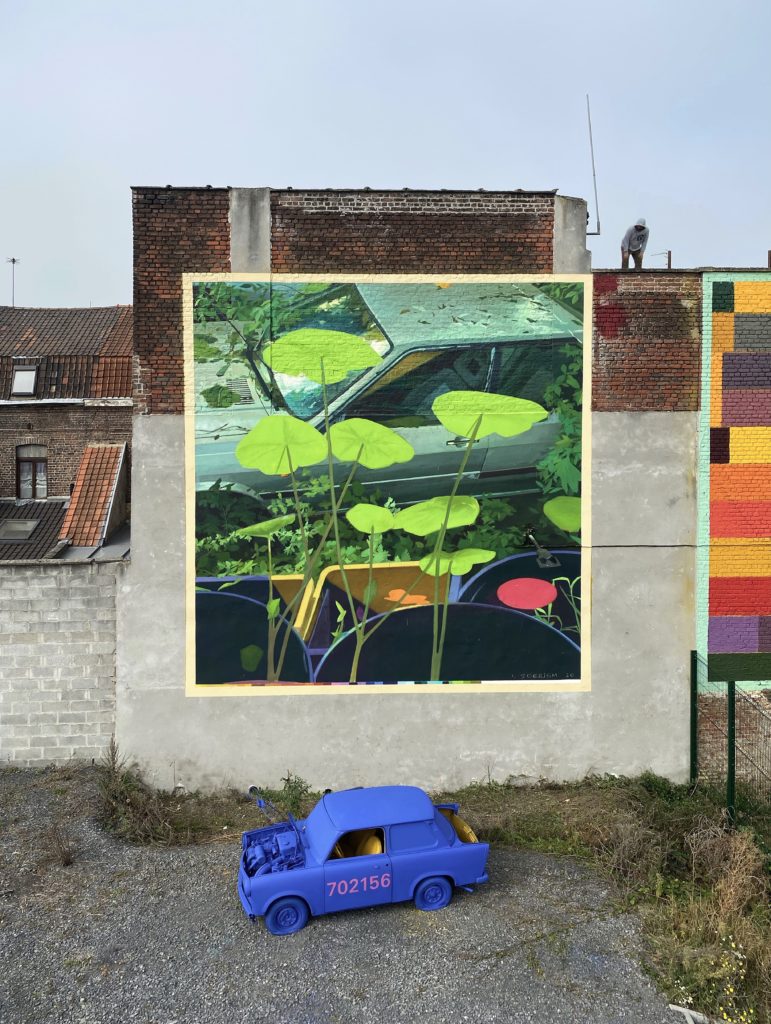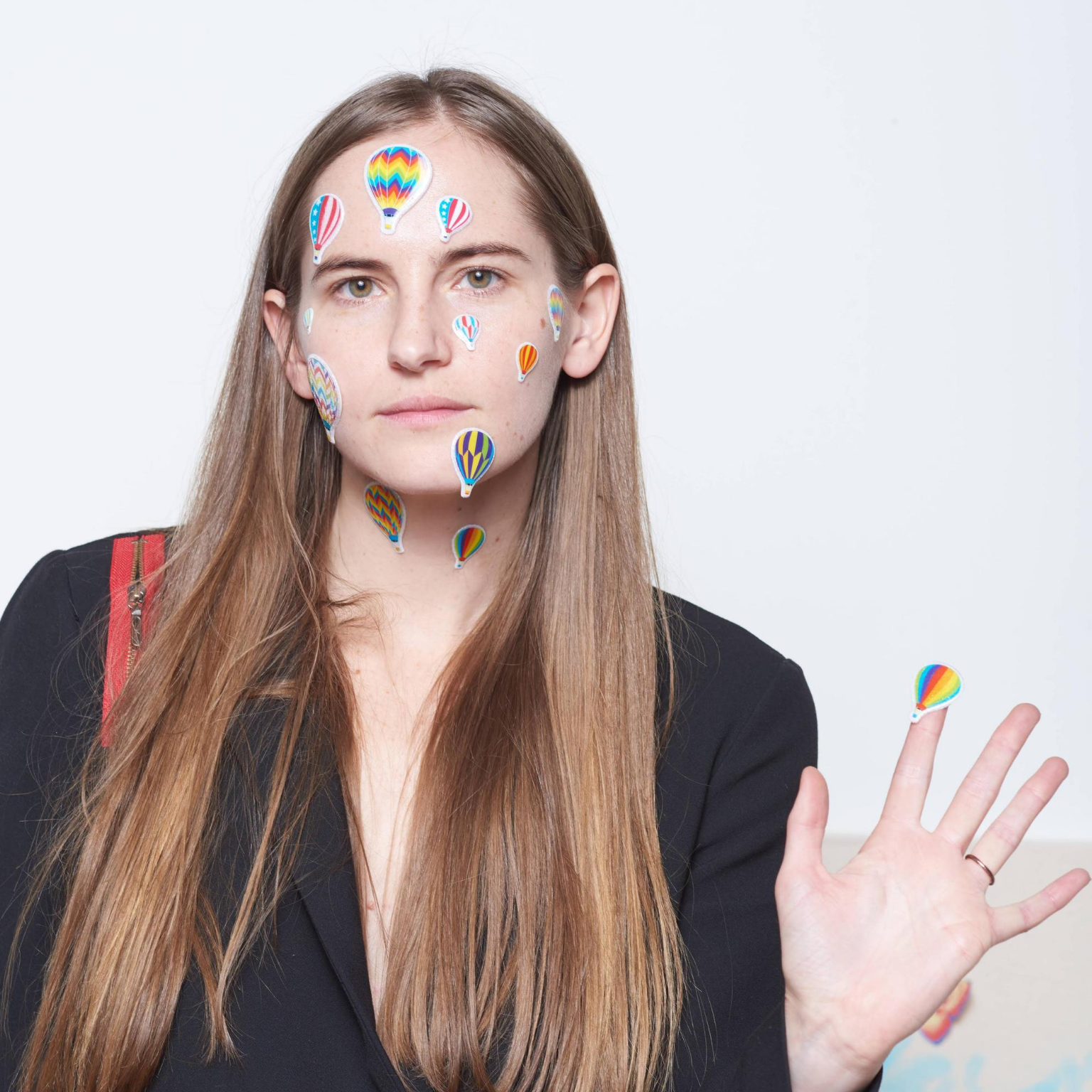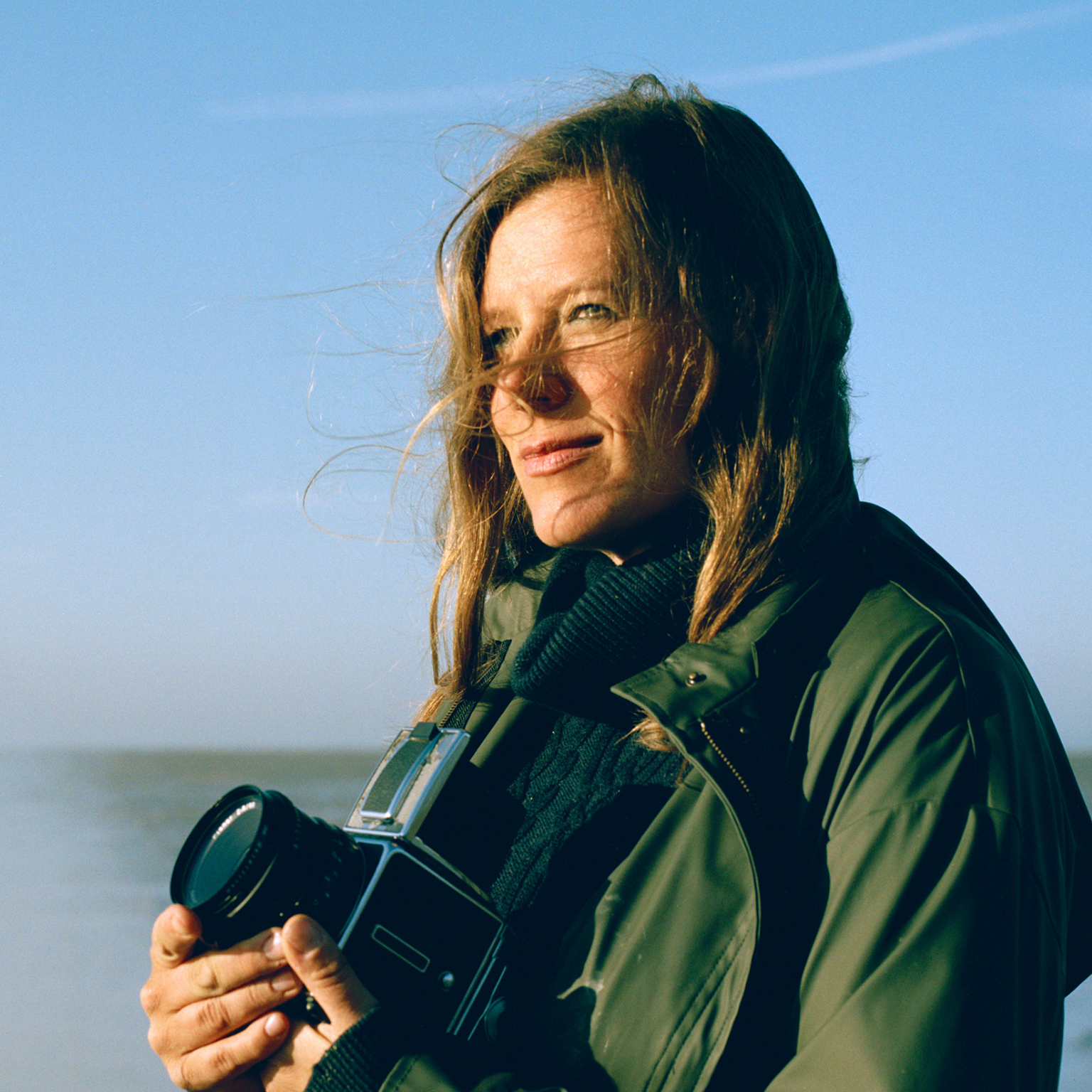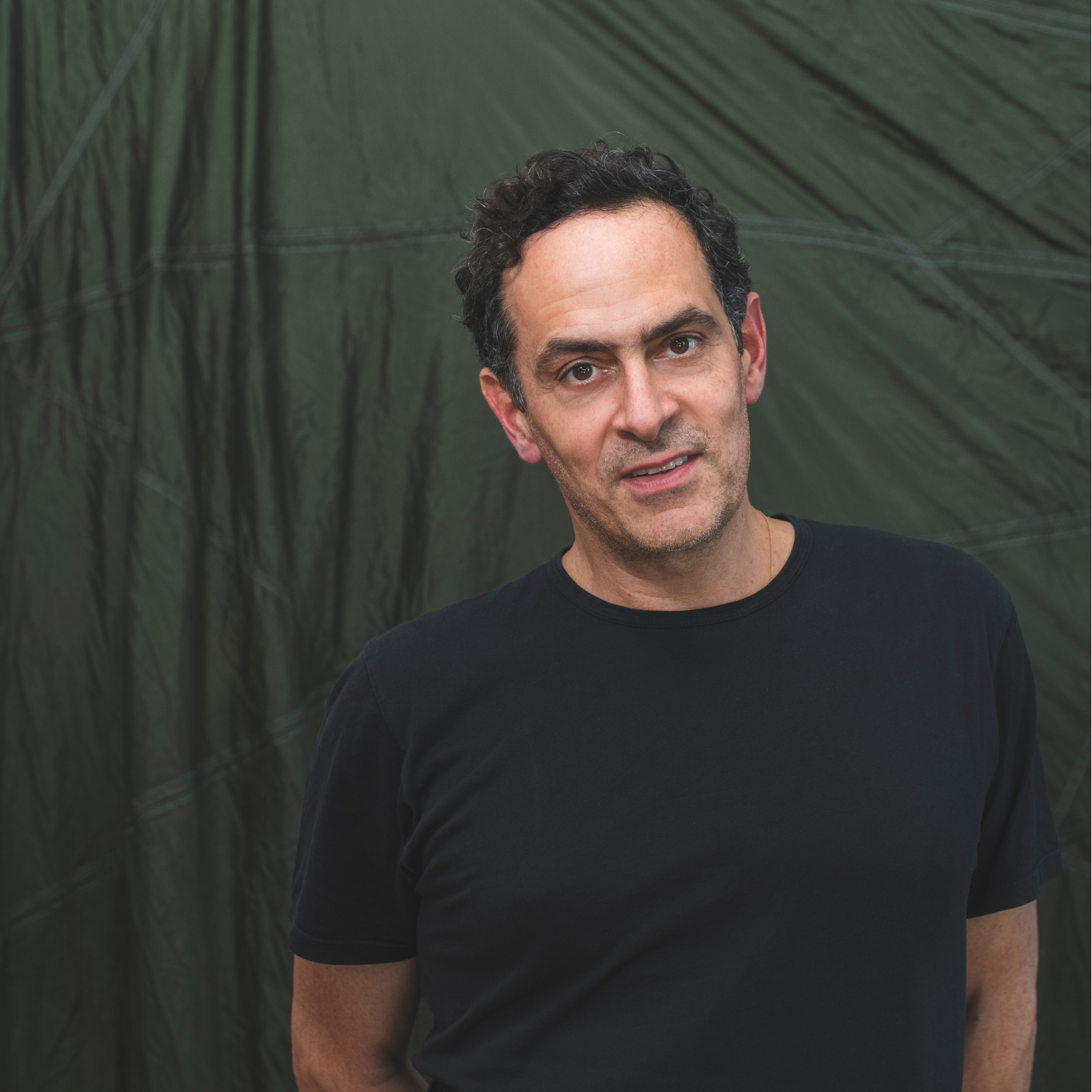Zoer, Italian-French artist from Paris. Photo © Frédéric Battle
1.Tell us what you do and your beginnings.
I am painting since 2002. My main specialities are muralism, canvas painting and installations of objects. I started by graffiti at that time, besides of my industrial design studies. After my graduation in 2008 I’ve been working in the industry as product designer for various universes such as sport equipment or railway industry, interior design and arts of table. Besides of that I was continually painting murals and canvases exploring the global thematic of objects.
With the time, I’ve been developing some installations as well, most of them involving cars or industrial objects. I’ve had the chance to work with Kaikaikiki Gallery for various solo and group shows.
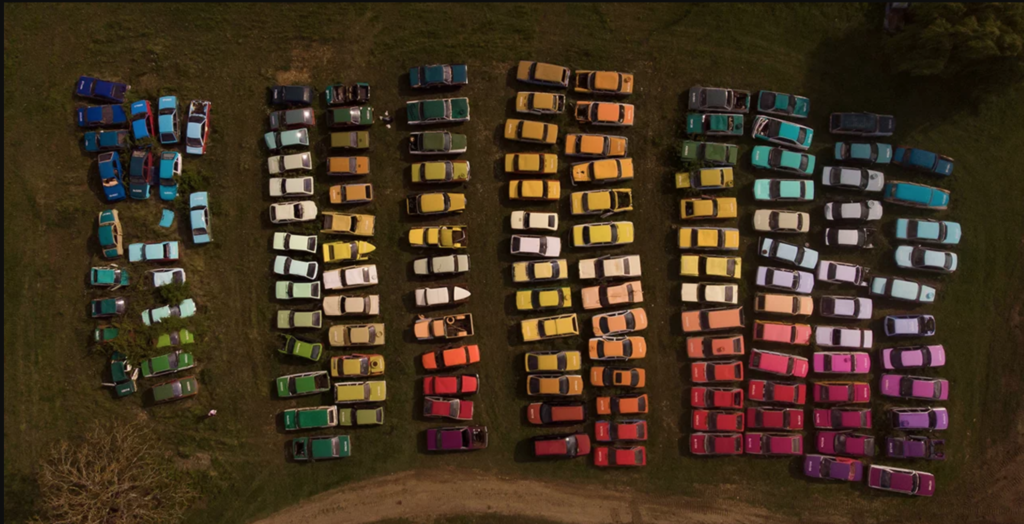
2.What are your favorite museums in the world? Why?
Musée d’Orsay, Paris, France. There is not enough of a life to discover and rediscover all the impressionist treasures, trying to understand the processes and the thoughts that accompanied the profound mutations in painting at that time.
Chichu Art Museum, Naoshima Island, Japan. Undoubtedly the deepest expression of the meeting between nature, art and space, where the works give to be lived in their totality, bathed in a total penetration of natural light. A transcendental experience.
Musée Fernand Léger, Biot, France. As a muralist, this museum represents a vision of excellence in terms of overall architectural design. The exterior facades incorporate giant mosaic frescoes as much as the interior spaces are adorned with large abstract tapestries. I was lucky enough to be able to admire Kurt Schwitters’ house there during a temporary exhibition. The whole curation perfectly describes the fascinating creative diversity of this era.
Espace d’Art Concret, Mouans-Sartoux, France. The concrete art space is a wonderful space for discovering abstract art, which enjoys great strength by bringing together old collections and contemporary actions. The architecture humbly highlights the artworks and offers a magnificent breath of the surrounding park.
Musée Bonnard, Le Cannet, France. I simply adore this small collection for the intimacy of the space, in a city bathed by the sun, that seems to perfectly describe the extreme sensibility and simplicity of Pierre Bonnard, which is one of my favourite painters.
MARCO – Museo Monterrey, Mexico. Mainly for the amazing inside architecture, which gives the feeling of walking around in a huge sculpture, the warm exterior light flooding the patios. Collection and temporary exhibitions offers a very dynamic vision of mexican heritage and communication with european and american artworks.
3.How important are social networks in your business? And which platform do you prefer and why.
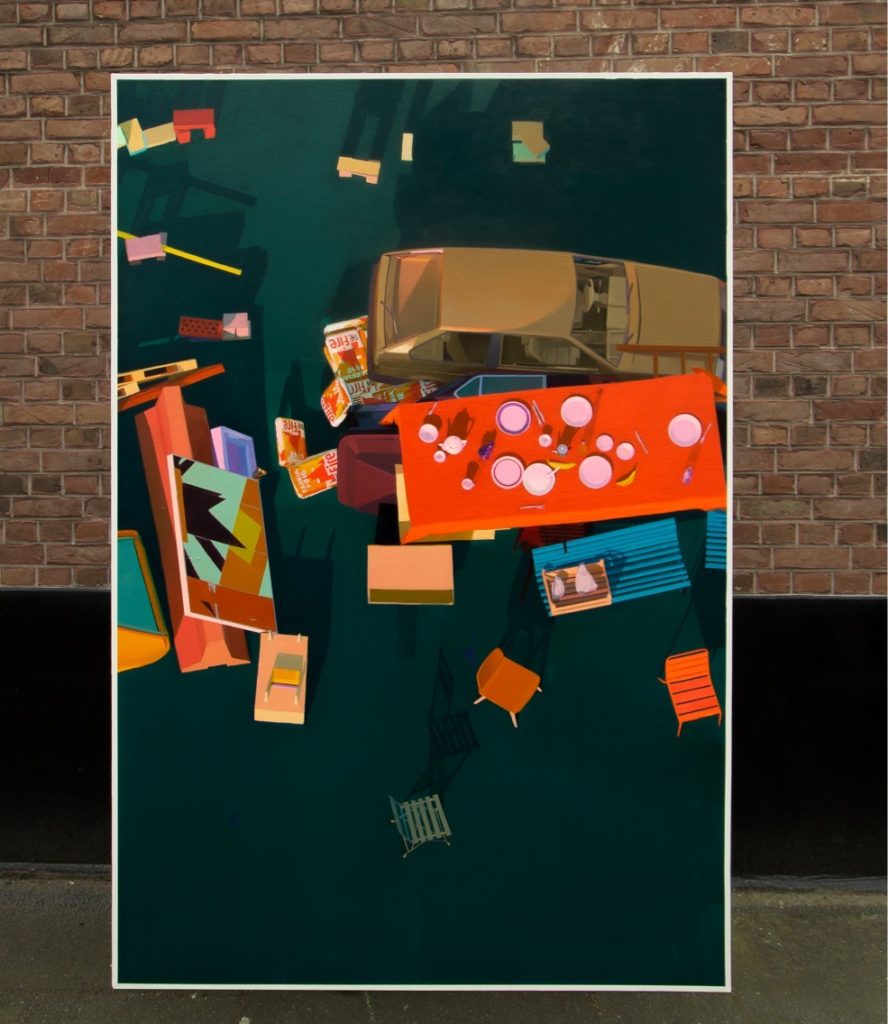
Really important. Using mainly instagram as it is a simple showroom that offers a good variety of ways to capture the different times of creation.
4.What are your future projects?
Still working on Solara, a participative and innovative project which offers a reflection on the decontamination of the oldest scrapyard in France. Depollution by plants! We are working with a laboratory specializing in agromine, and we also seek, through this project, to initiate the entry of the automobile, in the state of wreck, in a necessary notion of heritage conservation, industrial and social.
5.To create greater engagement among museums, artists and professionals, do you have any advice for cultural projects such as #MuseumWeek?
This Covid episode gave us the chance to challenge our activities and to see things differently. As we had to consider and work most of our projects remotely, some innovative approaches appeared consistently. The current challenge is to provide a more immersive and inclusive approach than ever, despite the distancing constraints.
We’ve been developing this year some processes using numeric tools, VR and anamorphic renders that allows us to extend the usual framework for setting up works in space and reduce the boundaries between reality and virtual, thus bringing more sensitivity to the use of technology.
More generally, I would say that it is desirable that artists and museums value concrete initiatives, reduce communication excessively to enhance the substance of their action more than the formal apparatus.
Interview by Fabio Pariante, journalist
MORE
Zoer on social networks: Instagram – Facebook – YouTube
Frédéric Battle (Palermo, Italy, 1985) aka Zoer is an artist who has chosen to use a pseudonym to give more voice to creativity instead of his identity. Solara is among his most important works of public art: 144 car wrecks and to give each a new life, a new identity. The artist painted each car a different color with the color code printed on it and combined with the car model, e.g. Mercedes Yellow e6c359.
The project aims to raise awareness of the importance of waste disposal and pollution. In addition, the title of the project Solara, refers to a car model produced until 1981, The Talbot Solara, the last car of the French company Talbot, but also to the exposure of the color that loses its quality if exposed for a long time to the light, so the work underlines the relationship between color, object and light in a particular environment. The final result from the top looks like a color palette.
In general, Zoer’s artistic production aims to give new forms and life to spaces and objects as a synonym for opportunity and reflection. The artist lives and works between Paris and Saint-Martin Vesubie, France.
